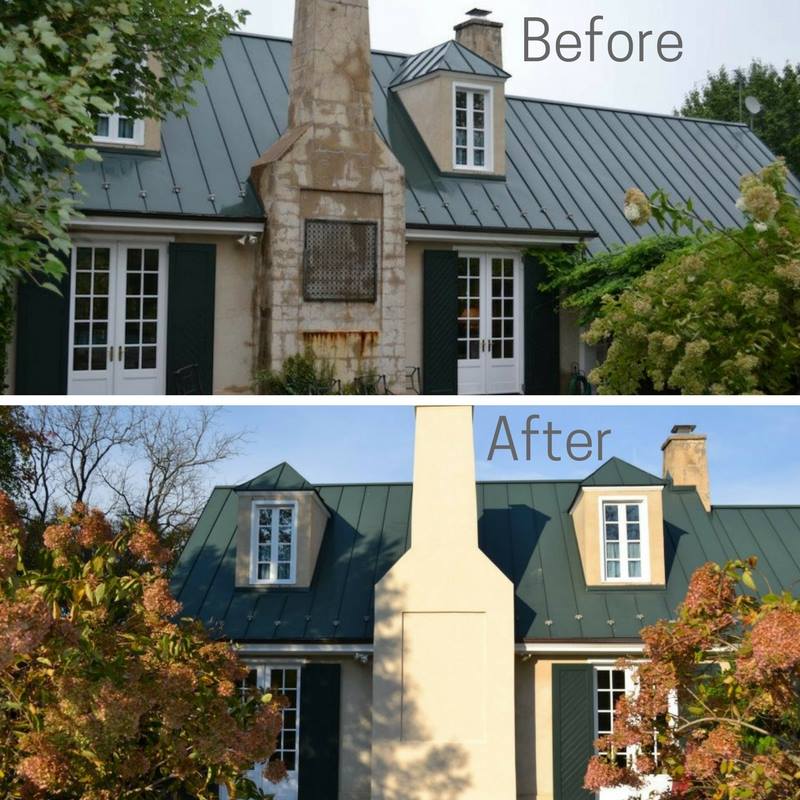History of Plaster And Stucco
Lime based wall finishes have been used for thousands of years. From the tombs of the pyramids of Giza to the Sistine Chapel, lime stucco has been a key ingredient in great architecture on six continents. The earliest plasters known to us were lime-based. Around 7500 BC, the people of ‘Ain Ghazal in Jordan used lime mixed with unheated crushed limestone to make plaster which was used on a large scale for covering walls, floors, and hearths in their homes. Stucco often contained substantial amounts of mud or clay, marble or brick dust, or even sawdust. An array of other additives ranged from animal blood or urine, cow dung, animal hair, eggs, keratin or gluesize (animal hooves and horns), varnish, wheat paste, sugar, salt, sodium silicate, alum, tallow, linseed oil, beeswax, and wine, beer, or rye whiskey. Additives, or admixtures, were usually added to enhance or modify characteristics such as curing time, plasticity, color, or volatility. In ancient India and China, renders in clay and gypsum plasters were used to produce a smooth surface over rough stone or mud brick walls. In early Egyptian tombs, walls were coated with lime and gypsum plaster and the finished surface was often painted or decorated. Mottled stucco was employed throughout the Roman Empire. The Romans used mixtures of lime and sand to build up preparatory layers over which finer applications of gypsum, lime, sand and marble dust were applied. Pozzolanic materials were sometimes added to produce a more rapid set. In the Renaissance, the addition of marble dust to plaster allowed the production of fine detail and a hard, smooth finish in hand-modelled and molded decoration. Around the 4th century B.C., the Romans discovered the principles of the hydraulic set of lime, where the addition of highly reactive forms of silica and alumina, such as volcanic earths, could solidify rapidly even under water. There was little use of hydraulic mortar after the Roman period until the 18th century. Plaster decoration was widely used in Europe in the Middle Ages where, from the mid-13th century, gypsum was used for internal and external plaster. Hair was employed as reinforcement, with additives to assist setting or plasticity including malt, urine, beer, milk and eggs. In the 14th century, decorative trowelled plaster, called pargeting was being used in South-East England to decorate the exterior of timber-framed buildings. This is a form of incised, molded or modelled ornament, executed in lime putty or mixtures of lime and gypsum plaster. During this same period, terracotta was reintroduced into Europe and was widely used for the production of ornament. In the mid-15th century, skilled Venetian workers developed a new type of external facing, called Marmorino made by applying lime directly onto masonry.
 Want to build your home with a material that’s durable, versatile, long-lasting, and affordable? Learn more about the benefits of stucco here.http://bit.ly/2j5lTk5
Source: https://www.vasariplaster.com/company/plaster-and-stucco-history.html
Want to build your home with a material that’s durable, versatile, long-lasting, and affordable? Learn more about the benefits of stucco here.http://bit.ly/2j5lTk5
Source: https://www.vasariplaster.com/company/plaster-and-stucco-history.html

